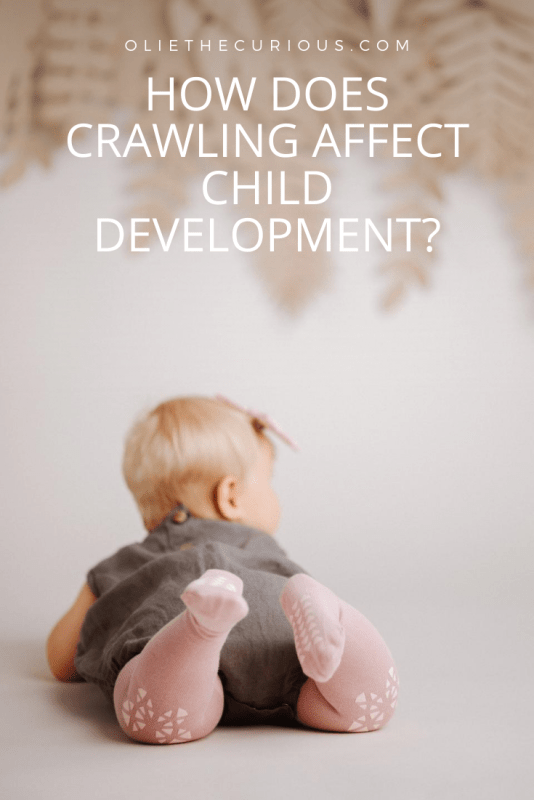Baby development
How does crawling affect child development?
More than anything, crawling represents freedom. From a cognitive point of view, becoming mobile is such a huge thing!
It is usually the first time they are getting to actively explore their environment, versus someone having to carry them from point A to point B.
They also start to gain a sense of independence from their parent or caregiver, as they move away from them and then move back.
Besides that, a child gains many developmental benefits as she navigates her way across the floor:
Having the arms bear weight develops the arches of the hands, which helps later with handwriting and fine motor skills, and shoulder stability, which comes from the pushing.
Who would have thought that crawling could improve a child’s problem-solving skills? As a child maneuvers around, they discover distance and placement of objects.
Crawling helps develop visual skills that assess the differences between movable and stationary objects.
Left and right brain coordination is boosted by crawling, as the brain is required to process hearing, sight, and movement all at the same time.
Finally, crawling helps develop core stability and coordination, because you are using your opposite arm and leg at the same time.









